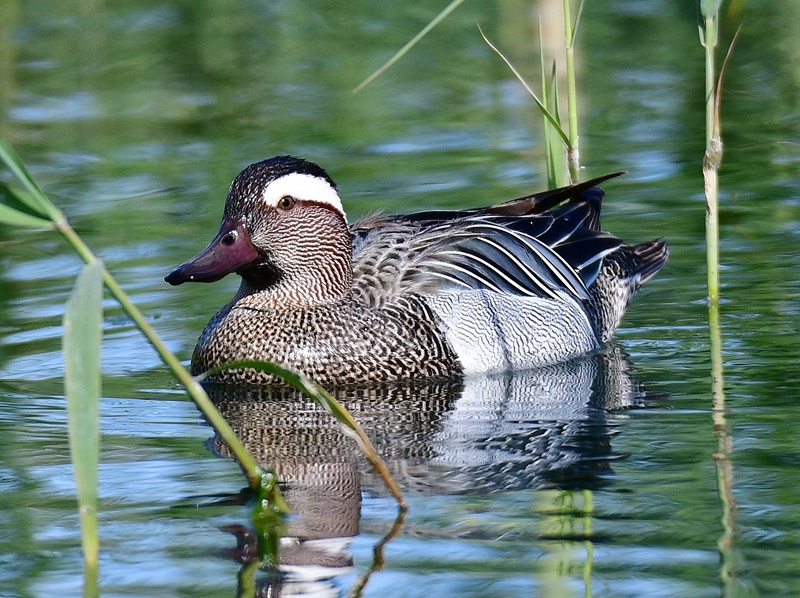WHAT’S THAT IN THE CLOT?
I will hold my hands up and admit to my guilt. What am I talking about? It is the use of the traditional British birders’ greeting everywhere, even here in Gran Alacant, where the words “Hello, anything about?” is always met by the usual “Hi there, no, just the usual stuff”.
You can become very blasé about what is in the Clot if you are a regular visitor, and you might even get to the stage where you just can’t be bothered because there’s nothing new to see, but the capacity of the Clot to produce surprises is endless. Last month produced a perfect example of this, and I have no doubt that the surprises will continue for the rest of the year.
I arrived for my spring visit to Gran Alacant and thought I would see how things have changed since I was last here in October. It was obvious that the heavy rains had left water levels very high, and everything was satisfactorily greening up. I had a look in the scrape area, where all the “usual stuff” was to be seen – Moorhens, Coots, Mallards and Teal, with Swallows and House Martins hawking overhead for the plentiful flies after their long journey north. All present and correct, in other words.
But then a movement in the reeds revealed a very unusual duck – not just one, but a pair of w. This is quite a scarce bird in our area, but this spring there have been several reports of sightings, particularly in the large reserve at El Hondo. To have a pair right on our doorstep was quite a bonus.hat’s that
It is a member of the group known as dabbling ducks, which includes the well-known Mallard and Teal, meaning that they are surface feeders, grubbing up pond weed and other food items without having to dive deeply for them. As you can see from my photo, the male is quite distinctive with that distinctive white crescent over the eye contrasting with the purple-brown of the rest of the head. The female is quite drab, very similar to female Mallard and Teal, which of course is a camouflage strategy designed to protect her when she is sitting on eggs.
Will they stay to breed here? We don’t know – they are migratory birds which winter in Africa, and they may just be passing through on the way northwards. But a few do stay to breed in Spain, so we may be in luck, and the scrape area has the correct shallow level of water which these birds prefer. The problem is, that as the reedbeds grow and restrict the view, we may not know one way or the other.
You can see more photographs of birds from our area by visiting www.marketheridge.smugmug.com
See you next month.



